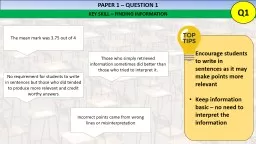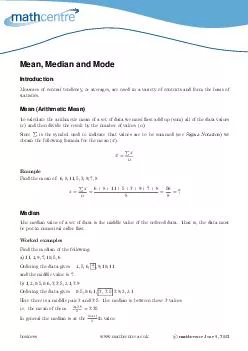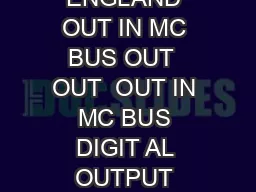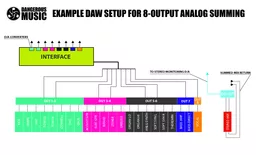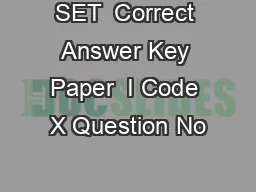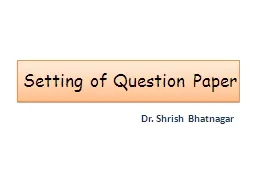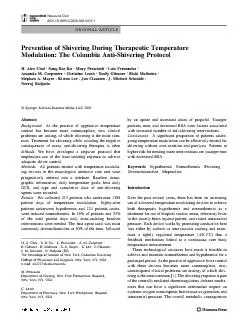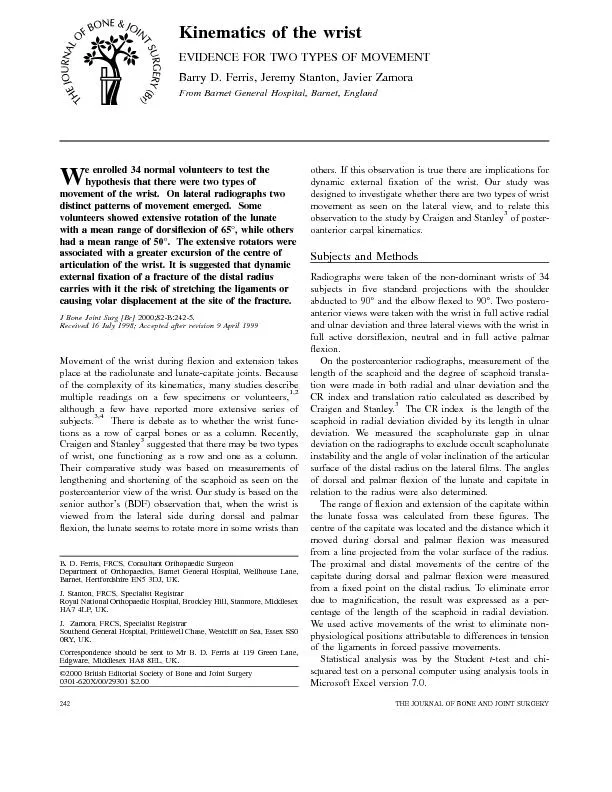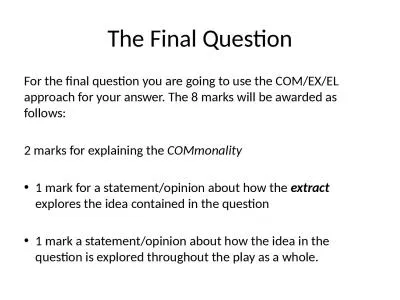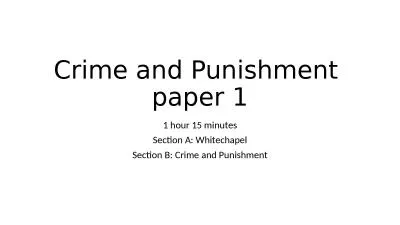PPT-PAPER 1 – QUESTION 1 The mean mark was 3.75 out of 4
Author : lindy-dunigan | Published Date : 2018-10-20
Encourage students to write in sentences as it may make points more relevant Keep information basic no need to interpret the information Those who simply retrieved
Presentation Embed Code
Download Presentation
Download Presentation The PPT/PDF document "PAPER 1 – QUESTION 1 The mean mark was..." is the property of its rightful owner. Permission is granted to download and print the materials on this website for personal, non-commercial use only, and to display it on your personal computer provided you do not modify the materials and that you retain all copyright notices contained in the materials. By downloading content from our website, you accept the terms of this agreement.
PAPER 1 – QUESTION 1 The mean mark was 3.75 out of 4: Transcript
Download Rules Of Document
"PAPER 1 – QUESTION 1 The mean mark was 3.75 out of 4"The content belongs to its owner. You may download and print it for personal use, without modification, and keep all copyright notices. By downloading, you agree to these terms.
Related Documents

